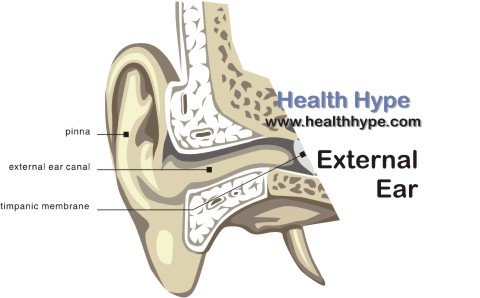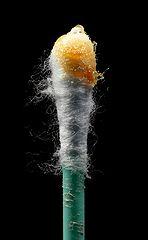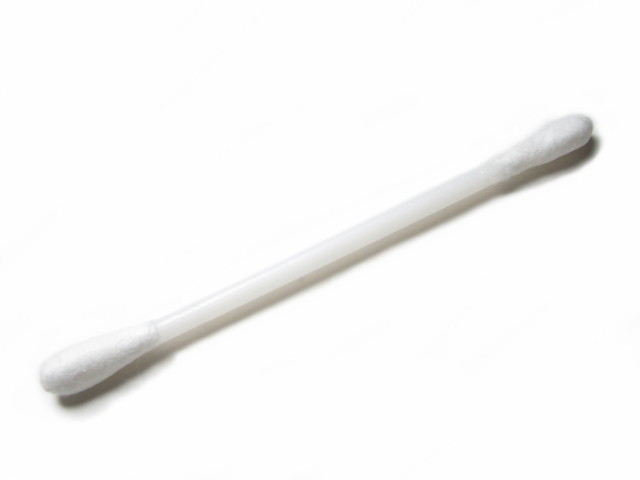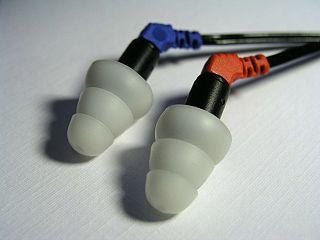Ways to Prevent Ear Canal Infections
Ear infections are common, especially in children, but many cases of outer ear infections can be prevented with a little vigilance. The ear like any part of the body has various mechanisms in place to prevent infection apart from the fact that the immune system can fight off an infection when it occurs. As the age old saying goes ‘prevention is better than cure’ and a few simple measures are sometimes all that is necessary to prevent an ear canal infection.
The ear is a complex organ that is made up of several structures. It extends well beyond the outer appendage that we see on the side of the ear (auricle or pinna). The ear is actually divided into three parts, the outer, middle and inner ear. The outer ear starts from the auricle (pinna), extends to the ear canal and ends at the outer surface of the eardrum. An outer ear infection can involve any of these parts but most commonly involves the ear canal.
Natural Prevention
An outer ear infection is known medically as otitis externa. It is mainly caused by bacteria and sometimes by fungi like yeasts. Normally the ear canal is able to prevent infection by maintaining an internal environment which is not conducive for the bacteria and fungi to thrive. Ear wax (cerumen) has antimicrobial effects and can destroy certain strains of bacteria and yeast that may enter the ear canal. The skin of the ear canal is thin and delicate but when healthy and intact it can prevent bacteria and yeasts from infecting the ear canal. Even the shape of the ear canal ensures that microbes have difficulty entering and staying within the ear canal.
All of these natural measures to prevent an ear canal infection are not always sufficient. One of the main reasons for an ear canal infection is the entry of water into the ear canal. Small amounts of water may enter during the course of bathing and usually does not pose a problem. But when chlorinated water (from swimming pools) and water heavily contaminated with bacteria enter the ear, it may compromise the natural defenses. Therefore ear canal infections are often referred to as swimmer’s ear. However, water entry into the ear canal is not the only reason for otitis externa. There are a host of other causes, which if avoided, can drastically reduce the chance of an ear infection.
Swimming
It is not always possible to avoid swimming altogether in order to prevent otitis externa. Simple measures like wearing ear plugs that have been approved by an otorhinolaryngologist can prevent water from entering the ear canal. Using poorly-fitting ear plugs can be a problem as it irritates and even damages the skin lining the ear canal. This can ultimately increase the risk of contracting an ear canal infection from bacteria and yeasts in the air. Therefore it is important to use ear plugs that fit properly and completely block the entrance to the ear canal while you are swimming. Avoid swimming in rivers and lakes as these fresh water sources may be heavily contaminated with bacteria.
Bathing
Even if you are not a regular swimmer, water may still enter the ears when bathing. Normally the shape of the ear canal prevents water from reaching deep into the ear canal unless you immerse your head under water. Small amounts of water that may otherwise enter will quickly pass out without causing a problem. However, if you have been experiencing repeated outer ear infections then it is best to use ear plugs while bathing. Alternatively insert cotton wool smeared with petroleum jelly into the ears as a temporary measure while bathing. It is not always the water itself that is the problem but the soap or shampoo used during bathing.
Soap and Shampoo
Usually soaps and shampoos produced by reputable manufacturers are safe for most people to use. However, some people may be hypersensitive to one or more ingredients in these products. An allergy to soap or shampoo can irritate the skin lining the ear canal and cause inflammation. The compromised skin barrier means that the ear canal is now prone to infection. Soaps and shampoos can also alter the normal acidity of ear wax. It is this acidity that gives earwax its antimicrobial properties. Therefore repeated entry of alkaline soaps and shampoos into the ear canal can compromise the pH of the environment and increase the chance of an infection.
Hair Styling
A range of hair styling products can serve as irritants to the skin in the ear canal. Normally these products would be isolated to the skin and hair on the scalp. But sometimes hair styling products can drip into the ear or in the case with sprays, airborne particles enter the canal. Not every person using hair styling products may experience a problem. Similarly not every product will pose a problem. However, some people are more hypersensitive to these products and some products are more of an irritant than others. Hair dyes, hair straightening products and hair sprays are the main offenders.
Cotton Ear Swabs
It may seem like the norm to clean your ear canal but it actually does not need cleaning. The ear canal has its own mechanisms to maintain hygiene. Ear wax is constantly pushed out in minute amounts so that any trapped dust, microbes and even small insects are expelled. However, most of us feel that it is the norm to clean the ear canal usually with cotton swabs. This is one of the main problems leading to outer ear conditions these days. Cotton ear swabs :
- remove some of the earwax which is needed,
- compacts remaining ear wax deep in the canal,
- irritates the skin lining the ear canal, and
- sometimes even ruptures the eardrum.
Basically a cotton swab disturbs the healthy environment within the ear canal in several ways and increases the chance of ear canal infections. Cleaning the ear with a cotton swab should therefore be avoided.
Ear Picking
Cleaning the ears with a cotton swab can be damaging enough but using other objects are often worse. Ear picking is not always about cleaning the ear canal. Sometimes it is just habit or at other times it is a means to relieve an itchy ear or other irritation within the ear canal. Whatever the reason, ear picking should be avoided. There are a range of objects that people use to pick their ears other than cotton swabs. Pens, match sticks, hair pins, paper clips and even the little finger are commonly used. All of these can cause extensive damage to the inner ear canal, disrupt the internal environment and increase the chance of an infection. These objects may also introduce microbes into the ear canal. Ideally the ear canal should not be interfered with but often it is done quite unconsciously.
Earphones
In-ear headphones, or earphones, are widely used these days with mobile devices. Using earphones for long periods or sharing earphones are two ways that can lead to ear canal infections. Earphones, particularly the soft covering, collects dust and bacteria from the environment and introduces it into the ear canal. Earphone use should be minimized and the earphones regularly changed to help prevent ear canal infections. Never share earphones with another person and avoid earphone use immediately after bathing or swimming. Although earplugs can be a means of protecting the ear canal from water, it can also pose a problem if used on a frequent basis and not replaced regularly. Prolonged use of earplugs can be just as detrimental as earphones.








